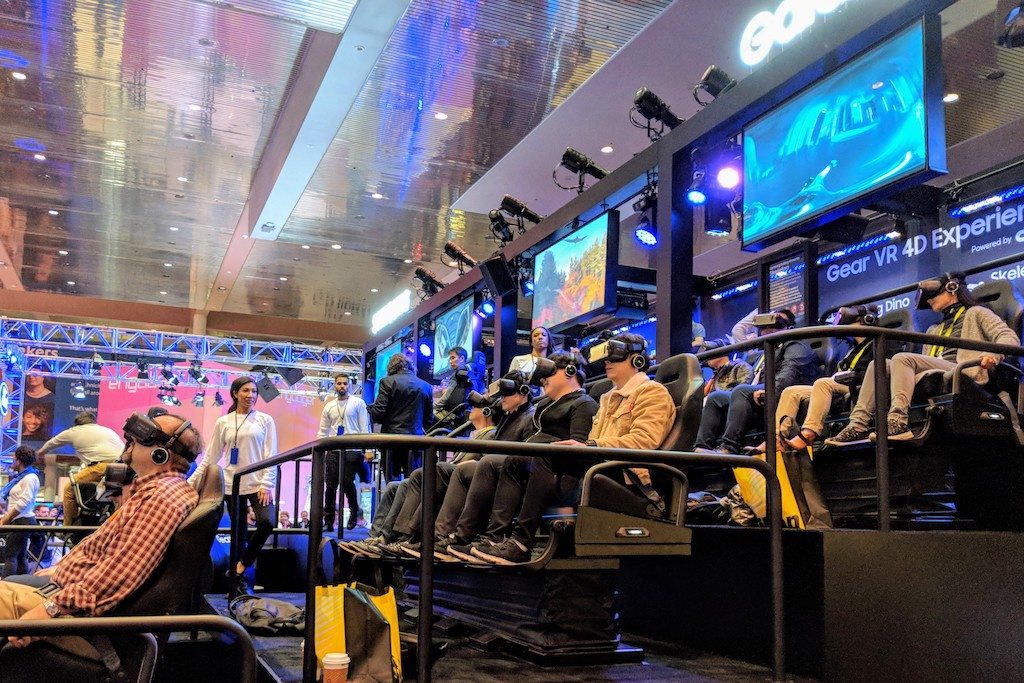Virtual Reality Was Everywhere at CES but Adoption Remains Limited

Skift Take
Virtual reality continues to evolve as a media format. Vendors and developers are making new concessions based on how consumers use the technology, and the high costs associated with creating 360-degree content.
We're a few years into the digital revolution that was supposed to catapult virtual reality to the forefront of consumer consciousness, but the technology still remains a niche product.
There are a few reasons for this; expensive headset units, fragmented platforms, and a lack of compelling programming are perhaps the most important.
While the travel industry has experimented with virtual reality content as a marketing tool, the lack of consumer interest has made brands wary about the large investment needed to produce top-notch videos and experiences.
Brands overall still need to be convinced that virtual reality content is worth it, according to developers.
"We are going through a period where education is needed with the brands," said Guy Bedov, co-founder and
